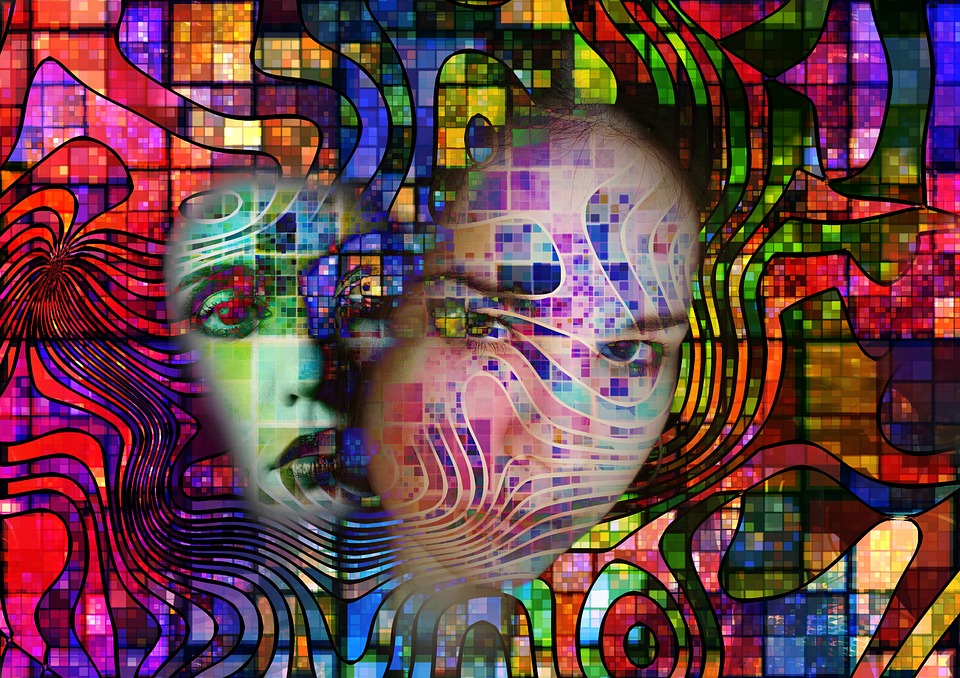Brain anomalies in multiple personality patients linked to childhood trauma

Jessica Mayer is a 25-year-old Welsh newlywed juggling a nine-to-five job with university studies. She lives with Jake, a handsome blue-eyed Hollywood actor with an American accent, Jamie, a charming country doctor who wears prescription glasses, Ollie, a moody 14-year-old schoolboy, and Ed, a left-handed punk rock hairdresser.
These housemates are Jess’s alter egos. She suffers Dissociative Identity Disorder (DID; formerly Multiple Personality Disorder), a psychiatric condition characterised by fragmented, distinctly different identities that affects around 1% of people.
People with DID also endure scepticism from camps who believe they are prone to false memories or fantasy. However, brain imaging studies suggest similar brain activation in DID as in Post-Traumatic Stress Disorder, and unique brain patterns for different personalities.
Research published last month in Acta Psychiatrica Scandinavica has identified new brain abnormalities using novel imaging techniques.
The study, led by AAT Simone Reinders, Senior Research Associate at King’s College London, found reduced thickness, volume and surface area of the brain’s cortex—the densely packed outermost layer of neural tissue responsible for high-level thinking—between 32 female patients with DID and 43 matched controls.
The abnormalities were associated with dissociative symptoms and traumatic experiences in early childhood.
Reinders speculated that specific sections of the cortex mature differently when a child experiences an abusive environment, affecting the part of the brain responsible for emotional processing and regulation.
The authors concluded the findings “provide clinically relevant implications for the treatment of DID,” but say more research is needed to shed light on environmental and individual risk factors.
The study is no surprise to clinicians who specialise in DID.
“The only reason we dissociate is because we’re in overwhelming emotional or physical pain, says Nick Bendon from Newcastle University Australia; “ … the experience is literally unbearable, and so the brain fragments and falls apart, and sequesters feelings in different parts.”
“You could say it’s the most primitive, fundamental survival system,” says Dr Remy Aquarone, from the Pottergate Centre for Dissociation in the UK. He maintains DID almost always results from extreme, life-threatening situations when children feel powerless.
Jess suffered a traumatic childhood experience that she says would not have happened to a boy, and believes that’s why her ‘alters’ are all male. Before getting treatment, Jess would find self-harm marks on her body, caused by Ed. She once found herself, bewildered, in a foreign place wearing a dress and high heels with blistered feet.
With Dr Aquarone’s help, Jess has learned to live in harmony with her alters. Aquarone explains, “No one can be locked out. Everyone has to be negotiated with, because if you try and lock anyone out, ultimately, it will backfire.”
“You don’t have to like each other, but you do have to respect that each one of you is there for a reason.”
Published in Science Nutshell.

